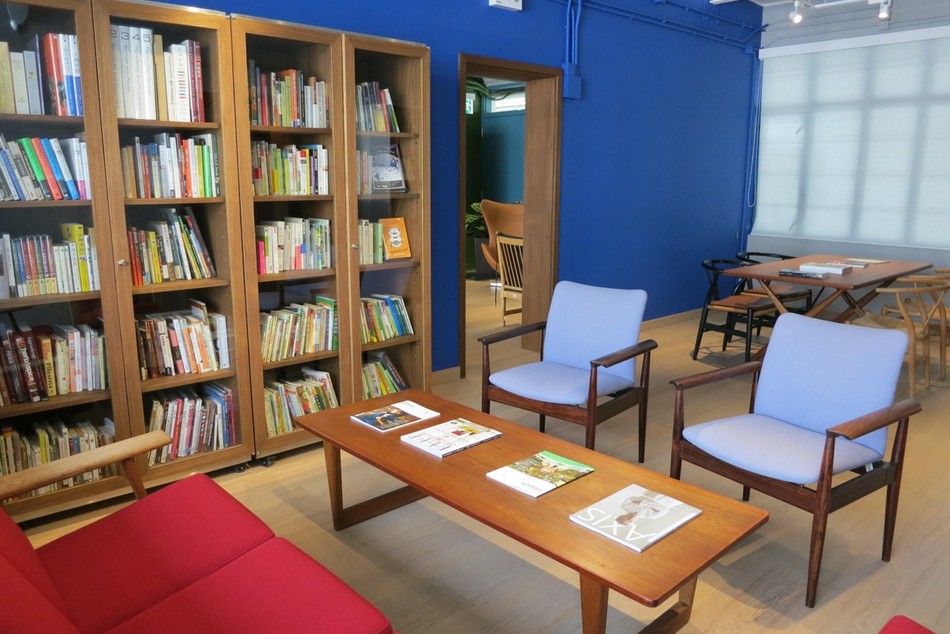Design Feature #31
From The Three Little Pigs to Architecture
Picture Book & Architecture

Written by Wong Tin Yan
Images from guggenheim.org、 fosterandpartners.com、 zaha-hadid.com、 kkaa.co.jp、 archdaily.com、 shigerubanarchitects.com、 designboom.com、 bridgetochina.org.hk
Which stories flash into your mind if you want to read to your children?
One of them may be "The Boy Who Cried Wolf" and would "The Three Little Pigs" be the other one? Written by British writers in the eighteenth century, these well-known interesting stories, according to the information on the Internet, have been published in different versions, and the only content remaining unchanged is the part about building a house. Instead of pleasing the kids as a joke, these stories may have enlightened a huge group of children on the basic concept of architecture. However, will their understanding of such a profession change during their growth?
Contest of Size and Scale?
Apart from the story of The Three Little Pigs, it is very easy for Hong Kong kids to know of some magnificent buildings and famous architects on the Internet or at school, and even when traveling. From Tower of Babel in The Bible, the Great Wall or the Temple of Heaven in China, the Pyramids or the Sphinx in Egypt, to a multitude of towers and skyscrapers with glass façades, architecture is regarded as a symbol of power and strength. While renowned architects such as Frank Gehry, Norman Foster and Zaha Hadid are known to the public, every state-of-the-art city is proud of the presence of the works of their signature styles.



(Right)Zaha Hadid’s design can once again be observed in the Jockey Club Innovation Tower of Hong Kong Polytechnic University. Despite the attractive exterior, the advice on maintenance and the users’ opinions vary...(Source: http://www.zaha-hadid.com)
While being surprised at the wisdom and culture of the previous generations, the children would probably controvert something architectural such as the highest building in Hong Kong and even top ten towers in the world, seemingly showing their ambitious dreams to become architects. However, if the youth join the industry simply because of the possible competition on the size and scale of the buildings, would the initiative of The Three Little Pigs to build a house be unjustifiable?
Architecture of Humanity and Humility
Indeed, the dream house of The Three Little Pigs, be it made of straw, wood or bricks, is a safe and secure place where the building, if not more reliant on, is dependent on the people, and vice versa. To this end, it is worthwhile to share the works of Japanese architects Kengo Kuma and Shigeru Ban here with the children. The former, famous for his "negative building" formula, excels in constructing buildings in a combined setting of water, light and air with the elements of natural landscape through the use of natural and simple materials including wood, mud tiles, bamboo, stone, paper and glass. The buildings look vulnerable but are indeed the structures with austere constitution together with which people and Nature exist.

(Source: http://kkaa.co.jp)

(Source: http://kkaa.co.jp)
The architect Shigeru Ban, famous for exploring the style of buildings made of recycled cardboard tubes, even leverages architecture to speak of care and humanity. His widely-acclaimed design and build of cardboard-tube sanctuary especially for the earthquake victims is made of light and environmentally friendly materials so as to facilitate the victims or volunteers to build highly protective temporary houses or divided space which pay respect to the privacy and dignity of the users, sufficing to earn for him the 2014 Pritzker Prize, the prestigious global recognition in the industry of architecture.



(Source: http://www.shigerubanarchitects.com & http://www.designboom.com)
Let the Kids Feel the Architecture
In fact, architecture is the carrier where the people have activities. Given no human participation, it is simply a dead object merely for appreciation or even a scar made in the globe by human beings.
So, instead of stunning the envious children with the vanity of towering high-rises, it would be far better to take them into the human-oriented buildings, or even the Bridge To China (Wu Zhi Qiao) built by Hong Kong architects, to stroll relaxedly and feel how the architects make good use of light, air ventilation and space layout to make living more comfortable. Rather than something physically novel and eye-catching, architecture is indeed something worth appreciating and being able to warm one up while narrowing the social distance among people



